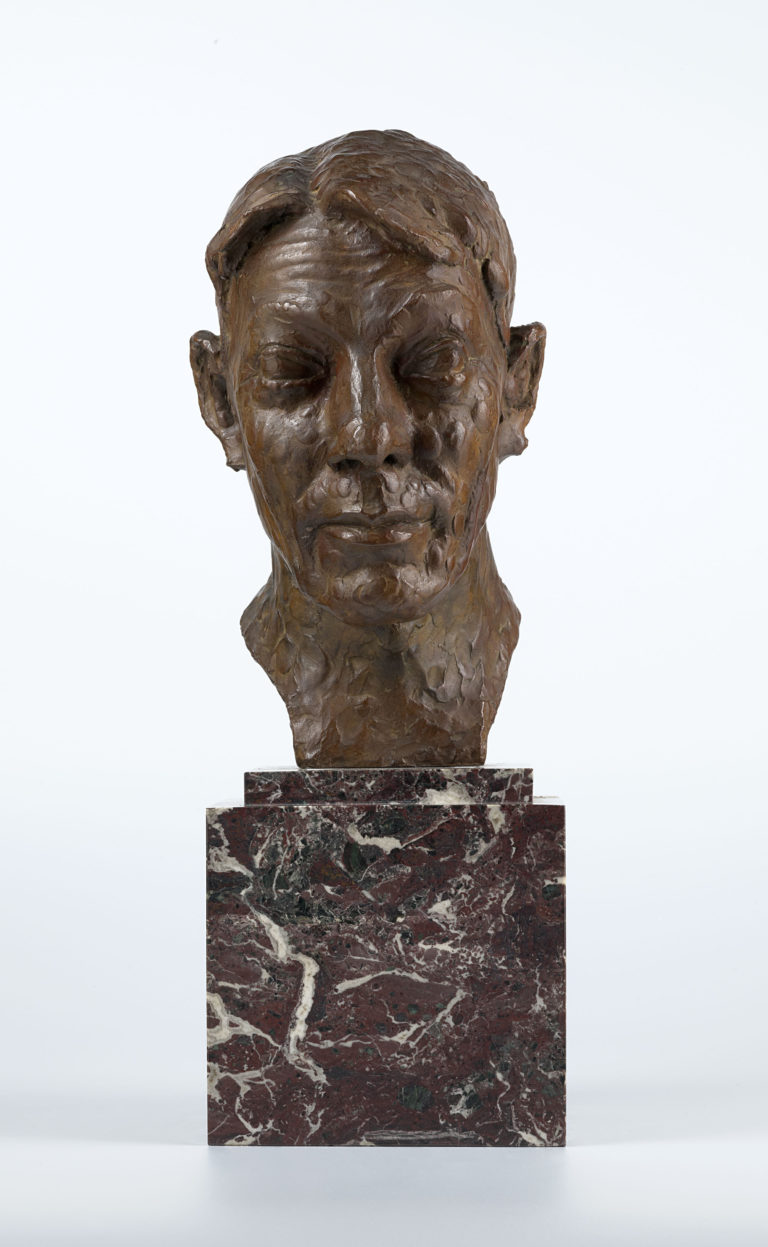Bibliography
Iwona Blazwick (ed.), William Kentridge, exh. cat. Londres, Whitechapel Gallery, Humlebaek, Louisiana Museum of Modern Art, Salzburg, Museum der Moderne, Manchester, Whitworth Art Gallery, University of Manchester, 2016.
Mark Rosenthal (ed.), William Kentridge. Five Themes, exh. cat. San Francisco, San Francisco Museum of Modern Art, West Palm Beach, Fort Worth, Modern Art Museum, Norton Museum of Art, New York, Museum of Modern Art, Vienna, Albertina, Jerusalem, Israel Museum, Amsterdam, Stedelijk Museum, New Haven/London, Yale University Press, 2009.
Rosalind E. Krauss (ed.), William Kentridge, Cambridge/MA, The MIT Press, October Files, 2007.




William Kentridge grew up in a South Africa marked by the apartheid regime (1948–91). Having studied theatre as well as the fine arts, but also political science and African studies, he has always produced work with a strong political character. Indeed, as he sees it, art is necessarily political.
He made his first animation film in 1989 (Johannesburg, 2nd Greatest City after Paris). This laid the foundations of his aesthetic, with drawing in charcoal, powdery material that records every trace yet is easily erased whereby the illusion of movement is given, not by the chronological succession of images, but by the evolution of a motif that is redrawn several times on the same sheet, and the importance of the sound track. Kentridge also makes prints, performances and sculptures; these media speak to each other through his work.
Lexicon, Paragraph I, like other series of small bronze sculptures, such as Promenade II (2002), reprises motifs and ideas from the artist’s earlier works, which themselves originated in his notebooks. Here, for example, we find the nose from the opera The Nose premiered in 2010, a head from the frieze Triumphs and Laments (2016) and the recurring figure of the horse. These ‘sculptural glyphs’, as the artist calls them, or in other words, typographic characters, form a lexicon of ‘Kentridgean’ signs. Their aim is universal: self-reference combines with numerous memories and influences of different cultures and periods (Mexican ornaments and a Ghanaian head seen in museums, but also evocations of Pablo Picasso, Alberto Giacometti and Salvador Dalí). Each viewer can appropriate and interpret these signs as they wish and invent their own language. Although these bronze figures seem permanently fixed, in apparent contradiction with the constantly-evolving forms that Kentridge draws, movement reappears through the play of a multitude of combinations.